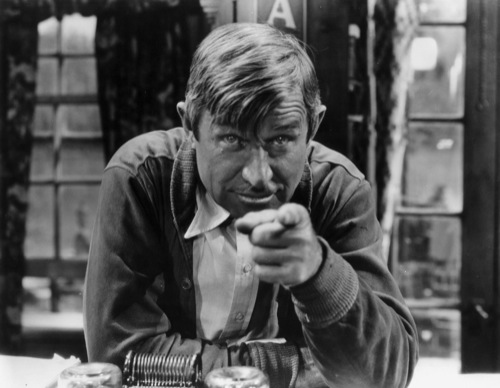
Courtesy Will Rogers Memorial Museum
Long before the arrival of Europeans, indigenous peoples had established themselves and their cultures in the Americas. Although colonial expansion pushed many tribes to the brink, their brave leaders and descendants remain a valuable and interesting part of American history.
Here are the stories of a handful of important Native Americans and where and how you can learn more about them.
Will Rogers Memorial Museum
Claremore, Okla.
A man of Cherokee ancestry became one of the most accomplished and popular figures in American entertainment and communications in the 1930s.
“Will Rogers was a No. 1 box office movie star with the highest-rated Sunday-evening radio program,” said Steve Gragert, director of the Will Rogers Museums. “He was a widely read newspaper columnist and sought-after lecturer.”
“He was also proud of his Cherokee blood and heritage, and proclaimed it in his writings, broadcasts and movies,” said Gragert. “He mentioned it when it might have been considered a stigma.”
Rogers’ artifacts, memorabilia, saddle collection, photographs and manuscripts are displayed at the museum in Claremore. Nearby is his family’s preserved Dog Iron Ranch, where Rogers was born in 1879, the son of a Cherokee senator, judge and cattleman.
One of Gragert’s favorite Rogers sayings is “We will never have true civilization until we have learned to recognize the rights of others.”
www.willrogers.com
Sitting Bull Monument
Mobridge, S.D.
A sculpted tribute by Korczak Ziolkowski to a Native American chief, Sitting Bull of the Lakota-Sioux tribe, sits on the Standing Rock Indian Reservation in northern South Dakota.
“Crazy Horse sculptor Ziolkowski created the bust at this monument. We cleaned up the site and ran electricity to it. Our intention is to build a visitor and cultural center,” said Rhett Albers, co-founder of the Sitting Bull Monument Foundation.
In 1877, hoping to keep his people free, Sitting Bull led his tribe to Canada, but starvation drove them back to the reservation.
“He’s one of the greatest leaders the Lakota-Sioux ever had,” said Albers. “His standards, morals and cultural beliefs should be maintained, shared and taught. Those values can be applied today.”
www.sittingbullmonument.com
Jim Thorpe, Pa.
Another Oklahoman, a member of the Sac and Fox nation, is immortalized in a town named for him.
In the early 1900s, Jim Thorpe attended Carlisle Indian Industrial School, a small Pennsylvania college. From there he became an international sports legend as a college football All-American, an Olympic champion, a major league baseball player and a National Football League star.
“When Jim Thorpe died, his wife wanted to honor him and asked if somewhere in America there was a town that would take his name,” said historian Bill Allison.
The Pennsylvania towns of Mauch Chunk and East Mauch Chunk desperately needed to attract business and made a deal with Patricia Thorpe. The boroughs merged, and the united town became Jim Thorpe, Pa.
“The monument park is two acres and high above the town,” said Allison. “There are two statues of Thorpe, one in a football uniform, the other as an Olympian throwing a discus. There’s a tomb and plaques that relate his story.”
Did the name change help local tourism? “Yes, it’s very unique,” Allison said. “When we talk to people around the country, they find it quite interesting that we have such a name.”
The Thorpe story is both triumphant and tragic. Although Thorpe was a star athlete, he had trouble handling money and fame and fell victim to alcoholism. His 1912 Olympic medals were removed because his amateur status had been compromised, but they were restored in 1982.










